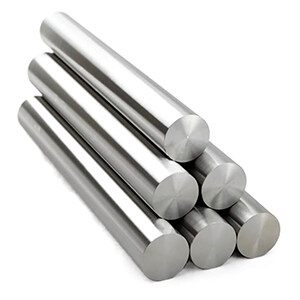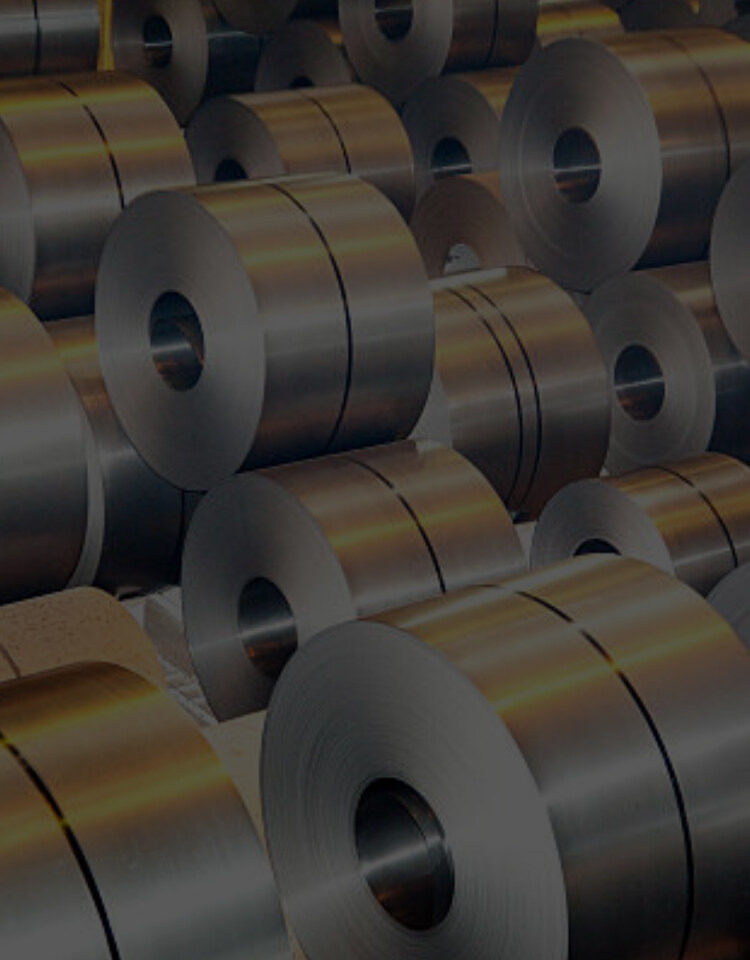Email format error
Email cannot be empty
Email already exists
6-20 characters(letters plus numbers only)
The password is inconsistent
Email format error
Email cannot be empty
Email does not exist
6-20 characters(letters plus numbers only)
The password is inconsistent

News

The Resilience of Stainless Steel Material
In manufacturing and construction, there lies a material that has become synonymous with durability, strength, and style. Stainless steel, with its lustrous finish and corrosion-resistant properties, has not only become a staple in industrial applications but also a symbol of modern design. Today, we're going to explore the fascinating world of stainless steel materials and why it's a hot topic in the industry.
The Essence of Stainless Steel
Stainless steel is an alloy of iron, chromium, and often nickel, known for its resistance to staining and corrosion. This metal is not only strong but also incredibly versatile, making it a preferred choice for a myriad of applications, from cutlery to architectural marvels.
Why Stainless Steel Matters
Stainless steel matters because it offers a combination of properties that are hard to find in other materials. Its resistance to rust and tarnish makes it ideal for environments that are prone to moisture and chemicals. Additionally, its strength and low maintenance requirements make it cost-effective in the long run.
The Role of Stainless Steel in Modern Industry
The modern industry relies heavily on stainless steel for various reasons. Its ability to withstand extreme temperatures and corrosive substances makes it perfect for heavy machinery, industrial equipment, and even in the food and beverage industry where hygiene is paramount.
Sustainability and Stainless Steel
In an era where sustainability is a key concern, stainless steel shines as a material that can be recycled indefinitely without losing its properties. This circular economy characteristic makes it an environmentally friendly choice, aligning with the growing global focus on reducing waste and carbon footprints.
The Science Behind Stainless Steel
The unique properties of stainless steel are not just happenstance; they are the result of careful engineering and a deep understanding of metallurgy. The addition of chromium to steel creates a passive film that protects the metal from oxidation, which is the key to its corrosion resistance.
Types of Stainless Steel
There are several types of stainless steel, each with its own set of properties suited for specific applications. For instance, Austenitic stainless steel is the most common and is known for its formability and weldability, while Ferritic and Martensitic stainless steels offer higher resistance to stress corrosion.
There are several types of stainless steel, each with its own unique properties and applications. Some common types include:
1. Austenitic stainless steel: This type is the most common and versatile, known for its high corrosion resistance and excellent formability. It is often used in kitchen appliances, food processing equipment, and chemical processing.
2. Ferritic stainless steel: This type has a higher carbon content than austenitic stainless steel, making it more magnetic and less corrosion-resistant. It is commonly used in automotive applications, exhaust systems, and decorative trim.
3. Martensitic stainless steel: This type is known for its high strength and hardness, making it suitable for applications that require wear resistance, such as knives, cutting tools, and surgical instruments.
4. Duplex stainless steel: This type has a mixed microstructure of austenite and ferrite, offering a good combination of strength and corrosion resistance. It is often used in chemical processing, oil and gas production, and marine environments.
5. Precipitation-hardening stainless steel: This type can be heat-treated to achieve high strength and hardness, making it suitable for aerospace components, high-performance bearings, and surgical implants.
Innovations in Stainless Steel Production
The production of stainless steel has also seen significant innovations. Advanced manufacturing techniques and stricter quality controls have led to improved product consistency and performance. These advancements have not only enhanced the material's reliability but also expanded its use in new industries.
Stainless Steel in Everyday Life
You may not realize it, but stainless steel is everywhere in our daily lives. From the refrigerator in the kitchen to the elevator in the skyscraper, stainless steel is quietly playing an important role. Because it is both practical and beautiful, stainless steel has also become a popular choice in design and architecture, adding a touch of elegance to a variety of functional and decorative items.
The Future of Stainless Steel
Looking ahead, stainless steel will continue to be a material of concern. As research into new alloys and processing technologies continues, we can expect to see this versatile metal used in more innovative areas. At the same time, with the increasing demand for sustainable materials, the position of stainless steel in materials science will also be more stable.
Conclusion
Stainless steel is more than just a material; it's a testament to human ingenuity and our ability to create solutions that stand the test of time. As we continue to push the boundaries of what's possible, stainless steel remains a key player in the symphony of modern innovation. Whether it's in the construction of a new city landmark or the everyday items we use, stainless steel is the silent hero that supports and enhances our lives.
This exploration of stainless steel materials is just the tip of the iceberg. There's a wealth of knowledge to be gained from delving deeper into the science, applications, and impact of this remarkable material. It's a topic that's not only hot in the industry but also essential for anyone interested in the materials that shape our world.

